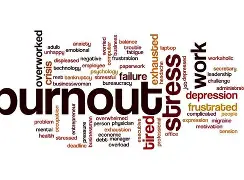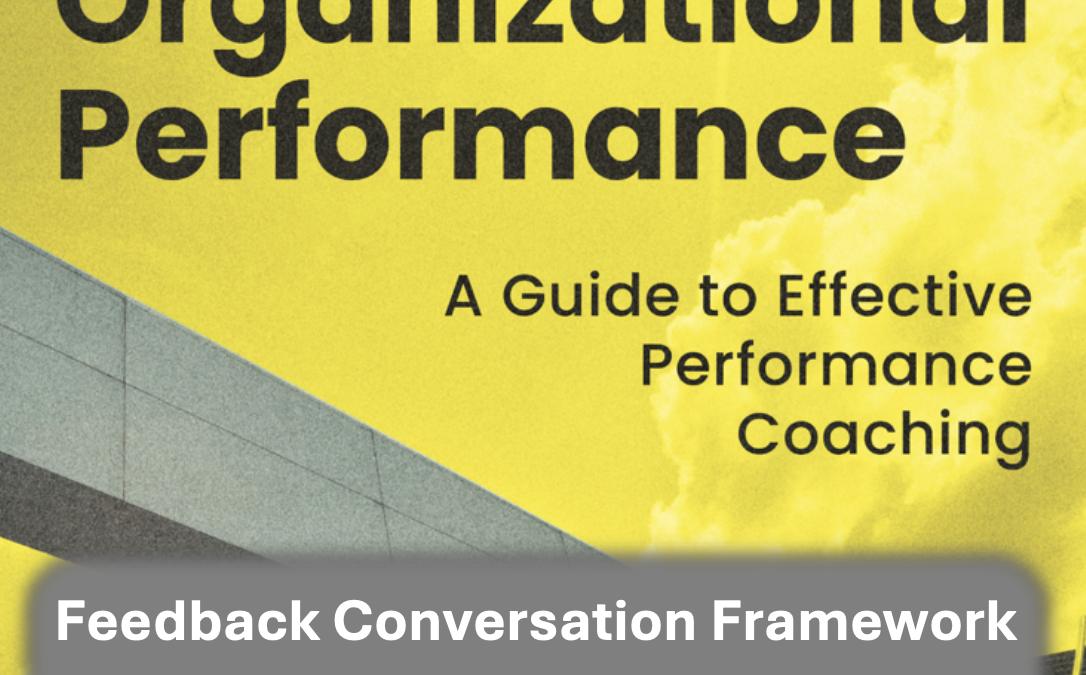From Feedback to Feedforward: Rethinking Employee Conversations

What if the way we deliver feedback is holding back progress?”
For years, feedback has been the cornerstone of performance management. We’re told it’s critical for growth, but let’s face it—traditional feedback often feels more like a critique session than a catalyst for improvement.
It’s time to rethink how we approach these conversations. Enter feedforward, a concept that shifts the focus from past mistakes to future possibilities. For HR decision-makers and business leaders, this subtle but powerful change can transform how employees engage, learn, and perform.
The Problem with Feedback
While feedback has its place, it comes with challenges:
- Focuses on the past: Feedback often zeroes in on what went wrong rather than exploring solutions.
- Triggers defensiveness: Even well-intentioned feedback can feel personal, leading to resistance rather than reflection.
- Misses the mark: Generic or vague feedback leaves employees unsure of how to improve.
As a result, feedback can sometimes do more harm than good, eroding trust and stalling development.
What Is Feedforward?
Coined by executive coach Marshall Goldsmith, feedforward is a forward-looking approach to development. Instead of dwelling on past actions, it focuses on actionable steps employees can take to succeed in the future.
Here’s what makes feedforward different:
- Solution-oriented: It highlights what employees can do rather than what they didn’t do.
- Motivational: By focusing on possibilities, feedforward inspires action and enthusiasm.
- Collaborative: It’s not about telling; it’s about co-creating a path forward.
How to Implement Feedforward in Your Organization
- Start with Strengths
Build on what employees are already doing well. For example:- Instead of: “Your presentations lack clarity,”
- Try: “Your presentations are engaging. Let’s work on structuring them for even more impact.”
- Focus on Opportunities
Shift the conversation to what’s possible:- Instead of: “You didn’t meet your sales targets this quarter,”
- Try: “What strategies could you try next quarter to engage more prospects?”
- Be Specific and Actionable
Vague suggestions don’t inspire change. Provide concrete steps employees can take to improve:- Example: “Let’s experiment with starting client calls by asking about their goals first to create a more tailored pitch.”
- Make It Continuous
Feedforward isn’t a once-a-year conversation—it’s an ongoing dialogue. Create regular check-ins to align, adjust, and celebrate progress.
Why Feedforward Works
This approach isn’t just employee-friendly—it drives results. Organizations that adopt feedforward report:
- Higher engagement: Employees feel supported and empowered to grow.
- Stronger relationships: Shifting from critique to collaboration builds trust between leaders and teams.
- Better performance: A clear path forward enables employees to act with confidence and purpose.
Realigning Leadership Conversations
The move from feedback to feedforward isn’t just a technique—it’s a mindset shift. It’s about seeing employees not as problems to fix but as individuals with limitless potential.
For HR leaders and business decision-makers, this approach can redefine organizational culture, making it one where growth, innovation, and trust thrive.
Let’s Talk About It
How does your organization handle performance conversations? Have you tried incorporating feedforward, or are you still navigating the challenges of traditional feedback?


